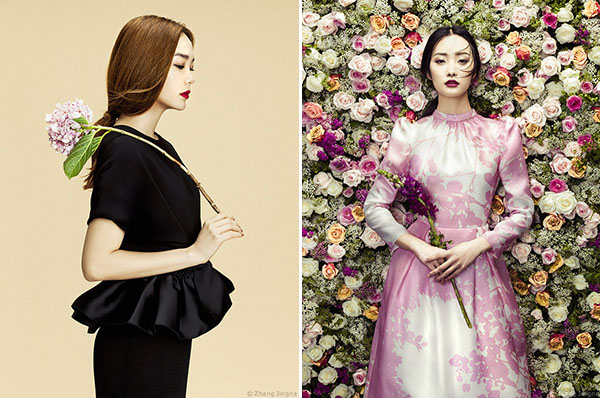Tips & Tricks

Tough Exposures And How To Deal With Them
Photograpy Techniques How To |
In camera light meters are deadly accurate. But even with their precision, situations exist that challenge their virtues. Knowing how to get a perfect exposure when these are encountered will make you a better photographer. You'll also become a better reader of light. As you progress, you’ll discover that tricky or dramatic light introduces exposure challenges. But it’s these dramatic conditions that often net the best images. Therefore, it behooves you to master your light meter.
Digital photography has introduced revolutionary solutions that solve tricky lighting conditions. But what if the capture is dependent on a single shot? The moment may disappear in a split second, an expression may be fleeting, the light may change in an instant, or the subject may be on the move. These are one shot scenarios that rely on obtaining the best possible exposure. It’s imperative to nail the exposure to get the most out of the file. When possible, I bracket a sequence and merge the files in HDR. I also use layer masks to combine areas of shadow and highlight detail. But first and foremost, I make it a priority to get the best possible exposure for every photo I capture.
 |
Most photographers use matrix (Nikon) or evaluative (Canon) metering - while they’re differently named, they perform the same function. A smaller number use center weighted or spot metering. All three metering methods can provide identical exposures. In the end, it doesn’t matter which one is used. The bottom line is to master one so regardless of the condition, you get a perfect exposure. I use matrix in conjunction with exposure compensation to bias the exposure to either the plus or minus side.
Tricky Lighting Situation #1: Light Subject Against a Dark Background - When I come across a situation of a light subject against a dark background or a dark subject against a bright background, I evaluate the percentage of dark to light. If the ratio is 50/50, the exposure should be accurate. As the ratios change, I dial in plus or minus compensation relative to the percentage. For the image of the barn owl against the dark background, I dialed in minus a half stop. the background contains a large amount of deep black. This tells the meter to provide a long exposure. If the meter governed the exposure, the whites of the owl’s feathers would be void of detail. In checking my blinkies and histogram, the minus 1/2 stop was perfect. No blinkies and the histogram showed a spread of pixels from the deep shadows to the bright highlights.
 |
Tricky Lighting Situation #2: Shooting Into the Light - In evaluating the tones that appear in the image of the wildebeests walking toward the sunset, I quickly took into consideration the intensity of the sun - luckily it was somewhat diffused. I also calculated the light falling on the wildebeests in addition to the ambient light that illuminated the land. I decided that a straight meter reading would provide the necessary RAW information so when I processed the file in Adobe Camera RAW, there would be enough information throughout the tonal spectrum. As it turns out, the file did contain the necessary data to reveal detail in the shadows, mid-tones and highlights. The more you get into the field and learn to read light, the more accurate you’ll become at evaluating exposures.
Tricky Lighting Situation #3: High Contrast From Strong Sidelight - Sunrise and sunset are the best times to photograph scenics as sidelight is strong at these times. The caveat is strong sidelight creates high contrast situations of bright highlights and deep shadows. As a digital shooter you have the option to bracket your exposures to reveal every tone from the brightest bright to the darkest dark, but sometimes it’s better to get back to the roots of slide film and let the blacks go black. This being the case, base your exposure on the highlights and let the shadows go dark. The drama is often extraordinary. To accomplish this, you’ll need to dial in minus exposure compensation. Detail will be displayed in the highlights and the blacks will be very rich.
Visit www.russburdenphotography.com for information about his nature photography tours.

















